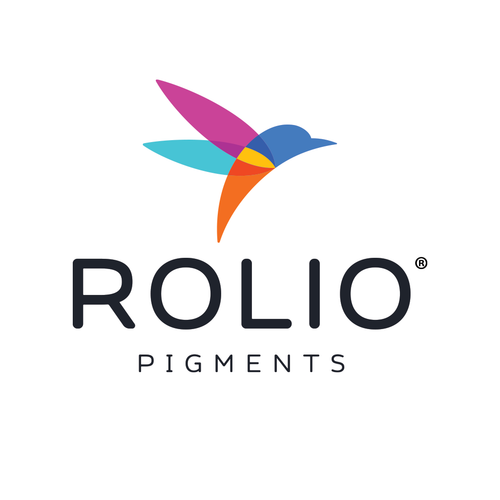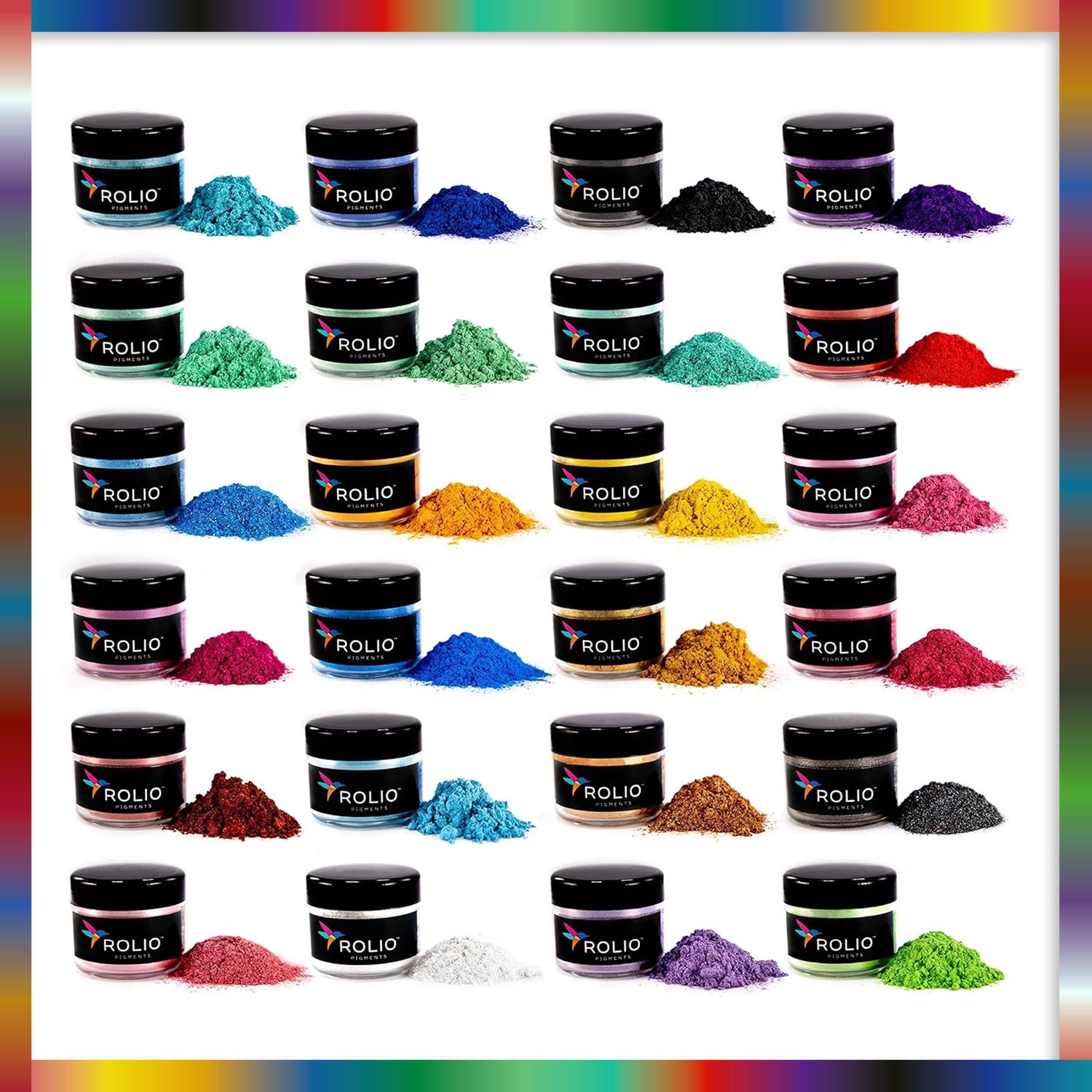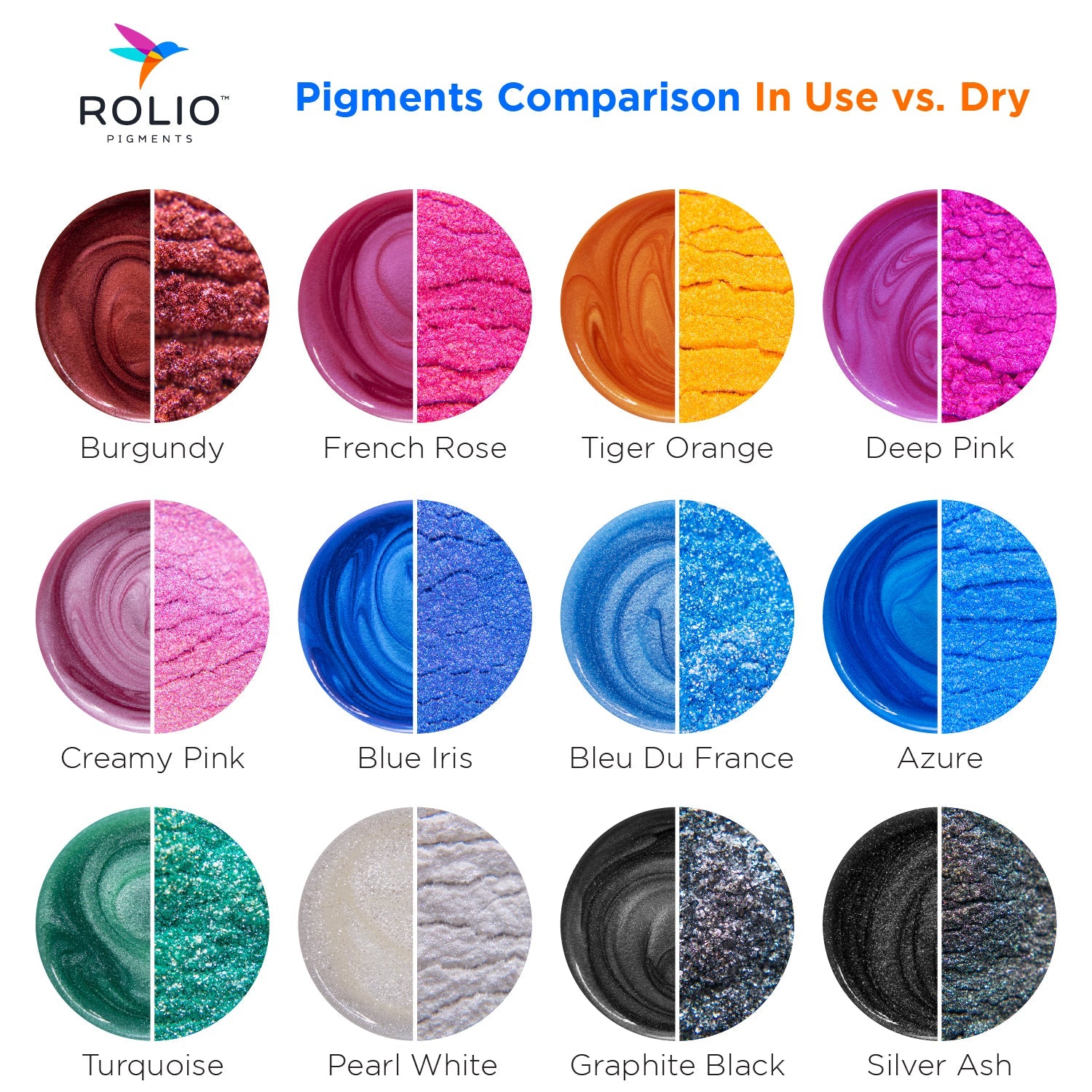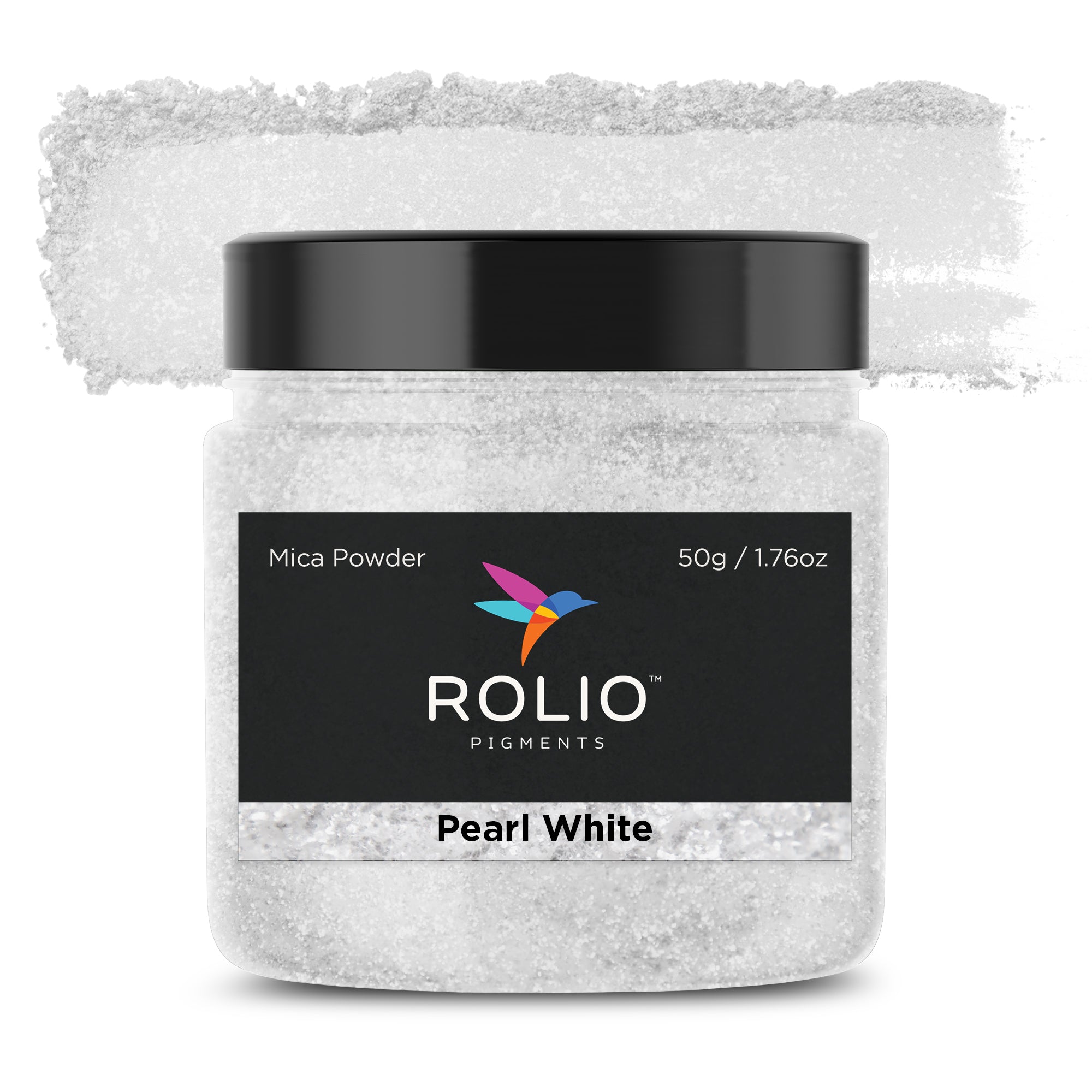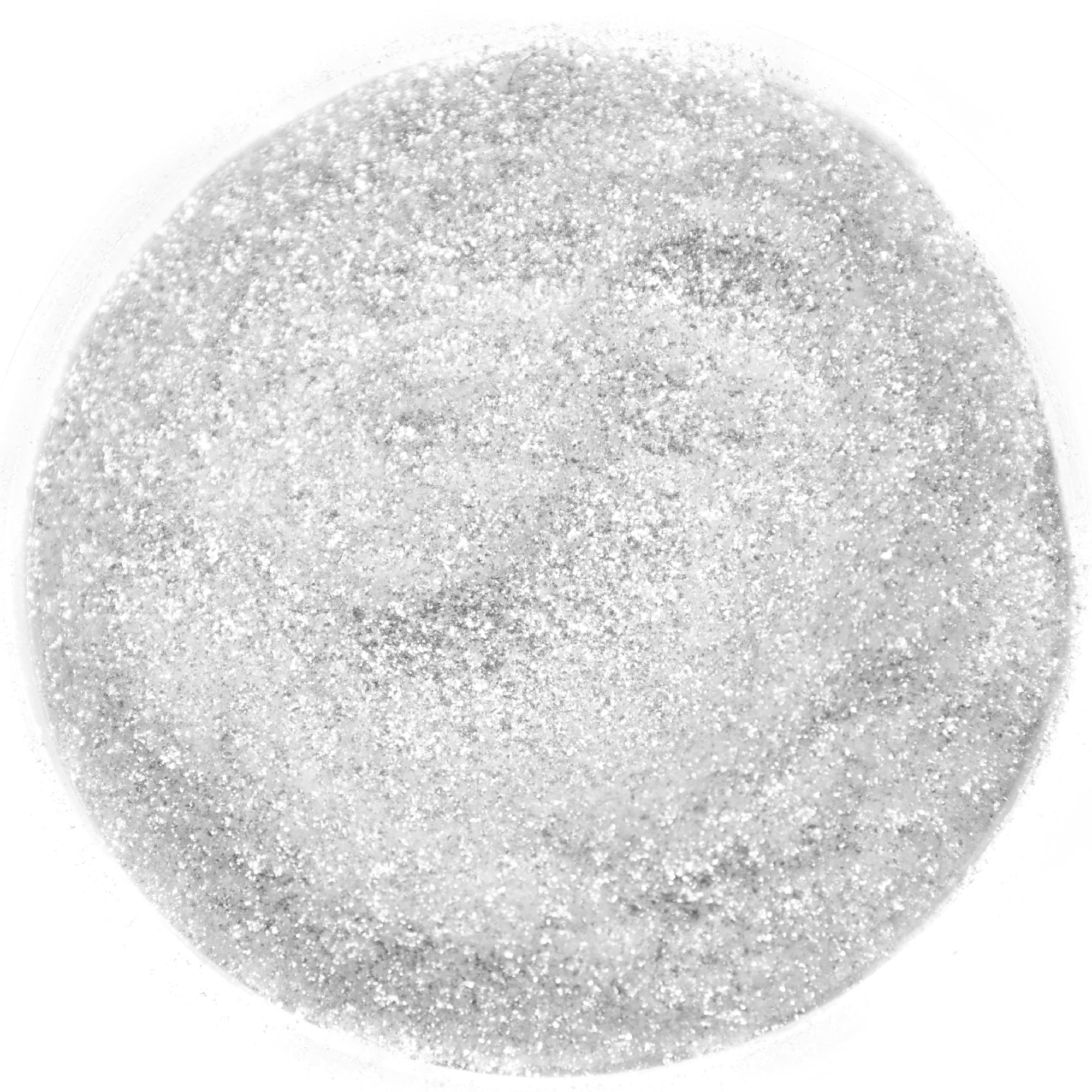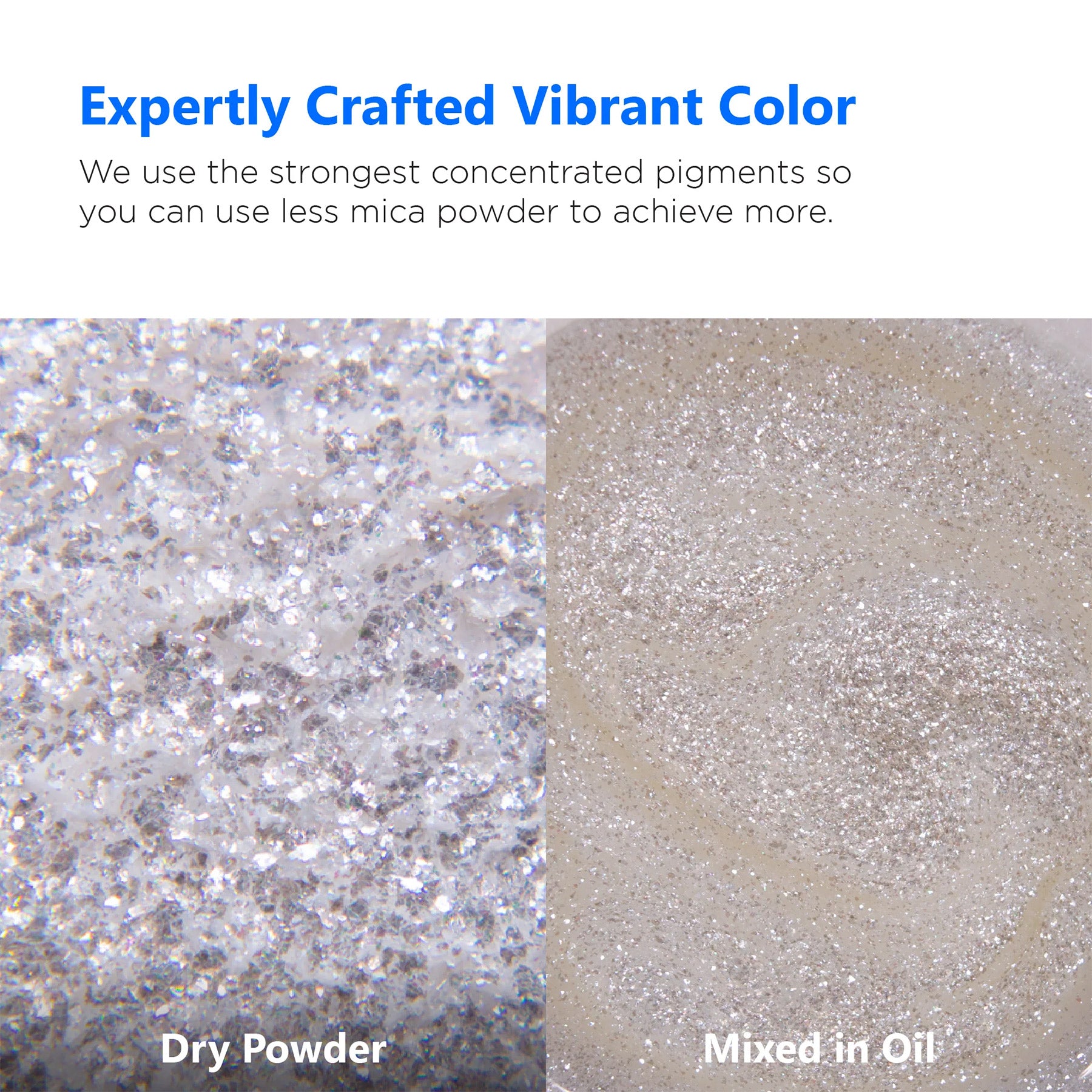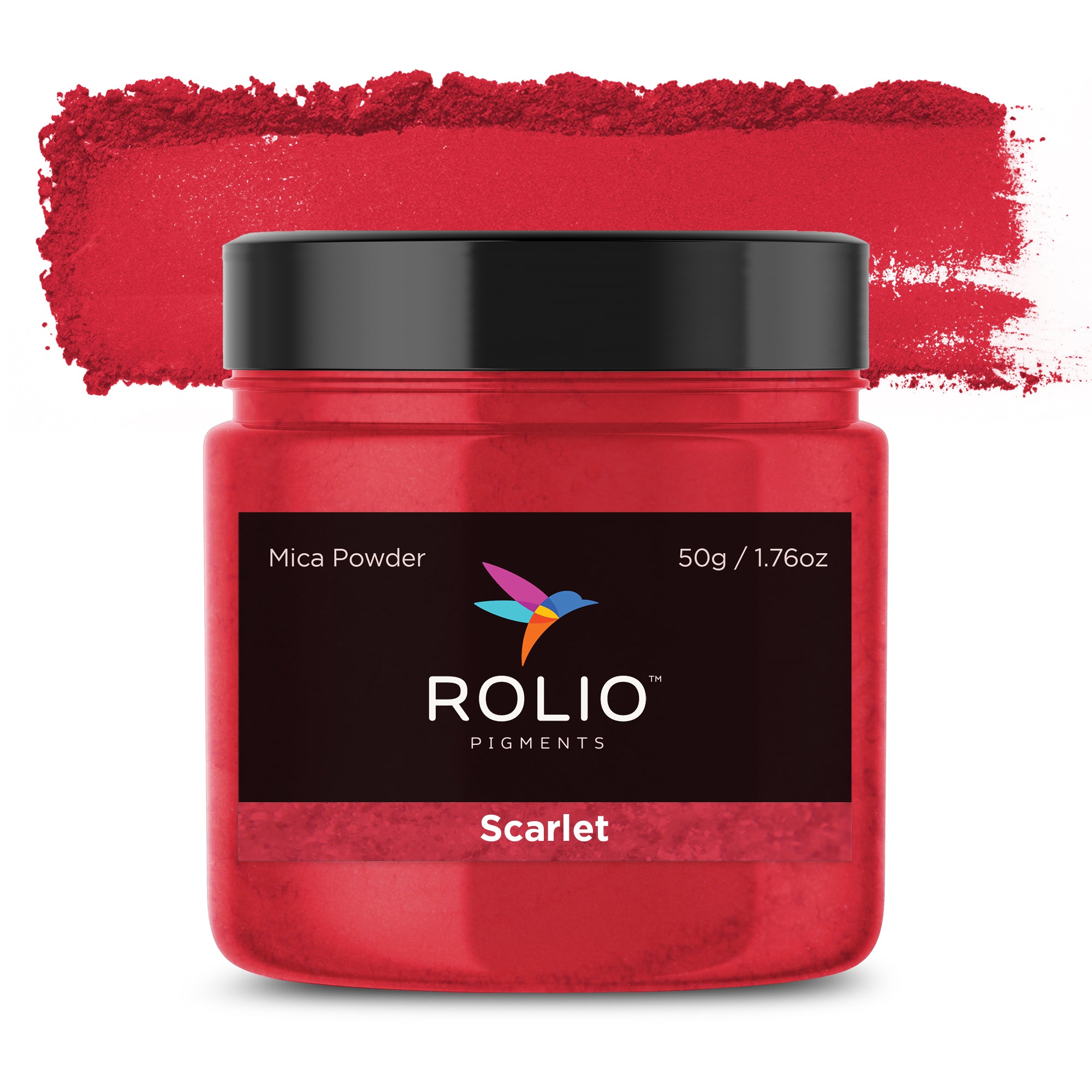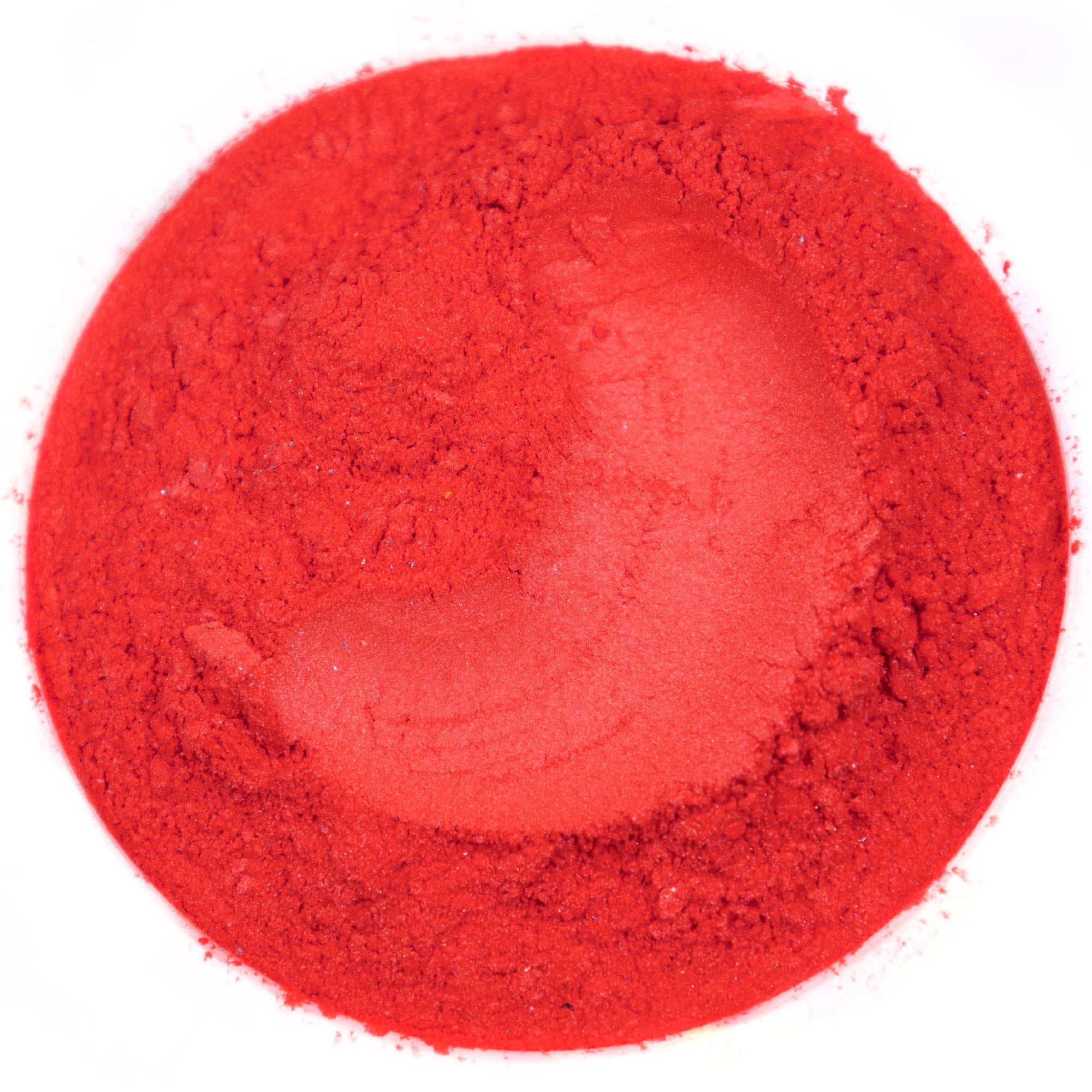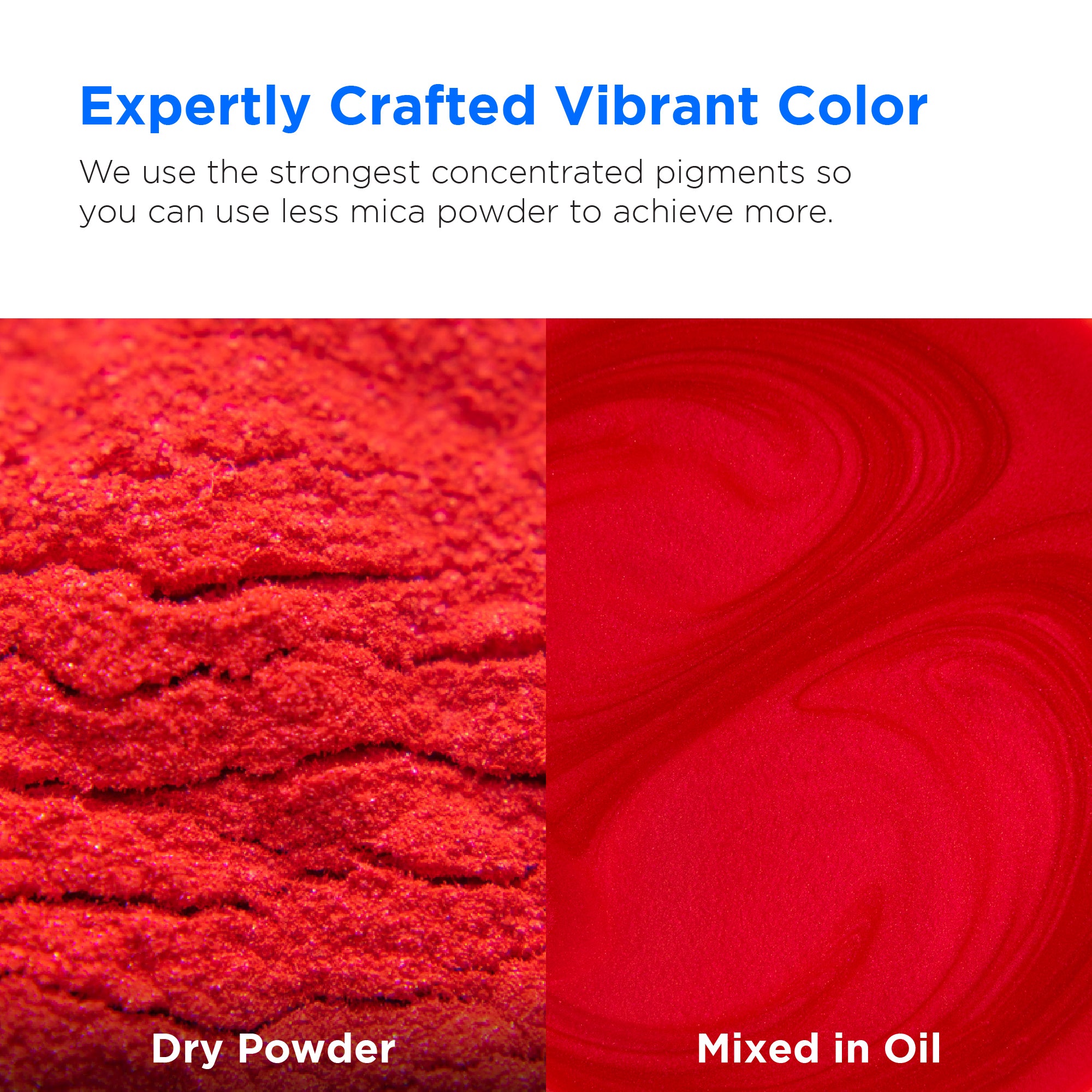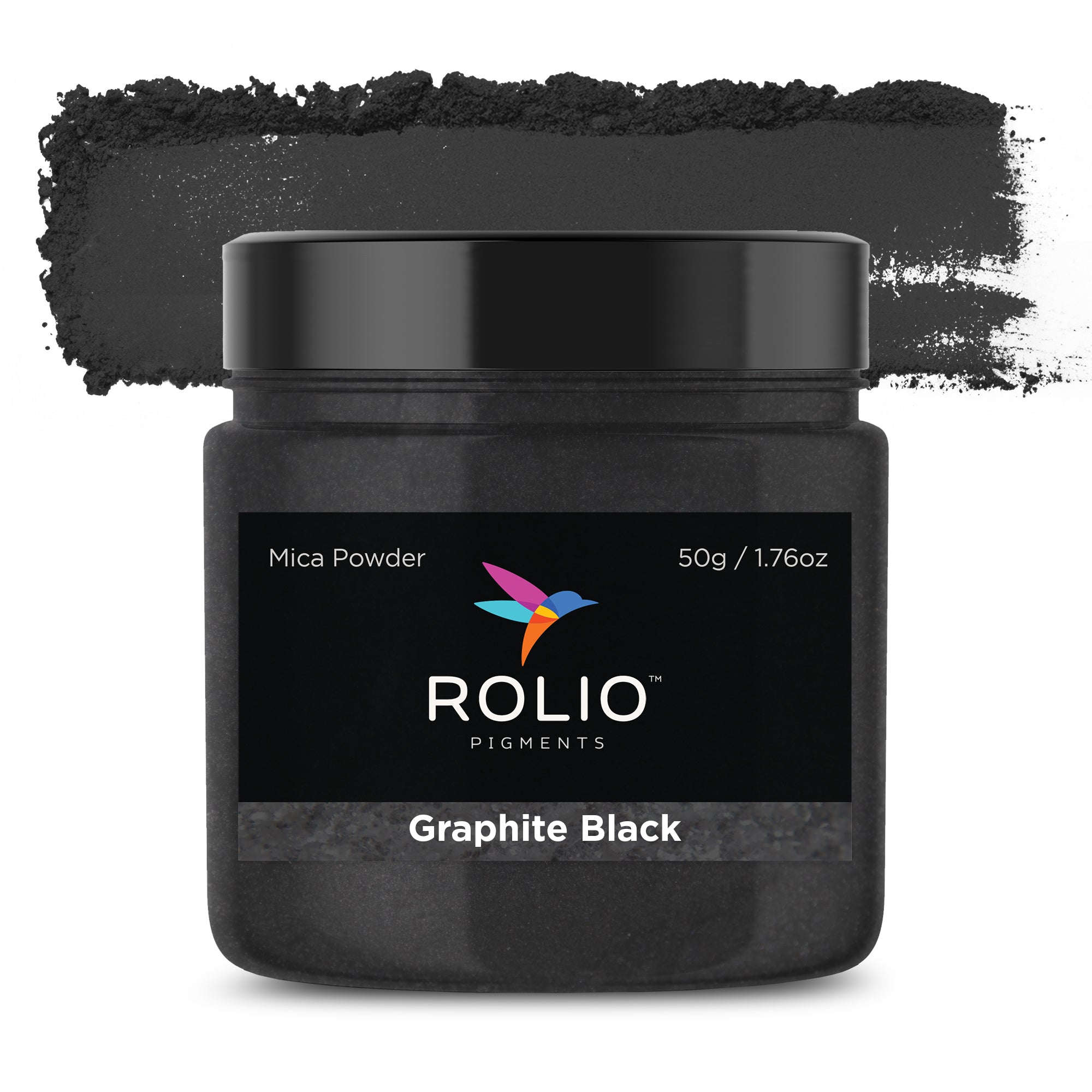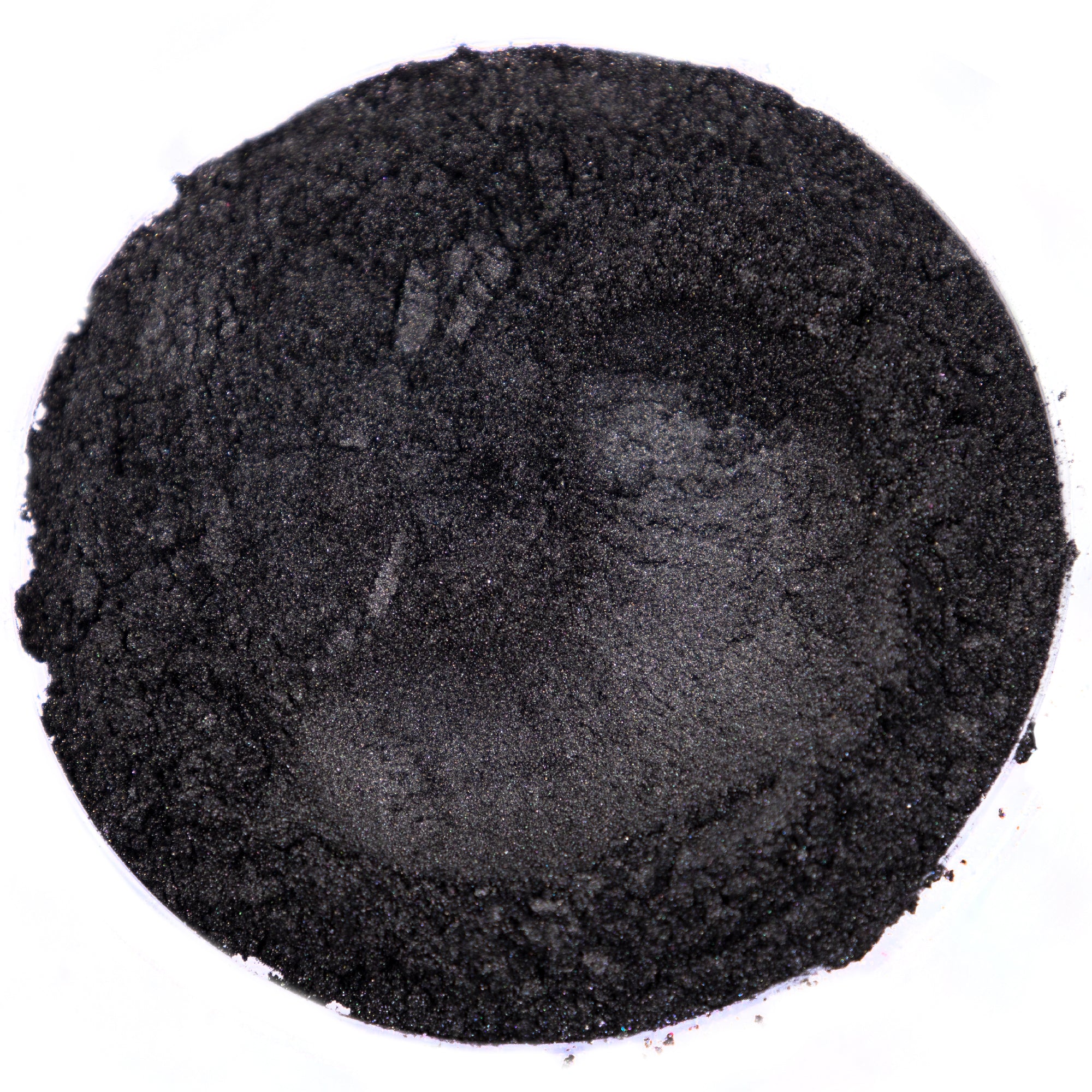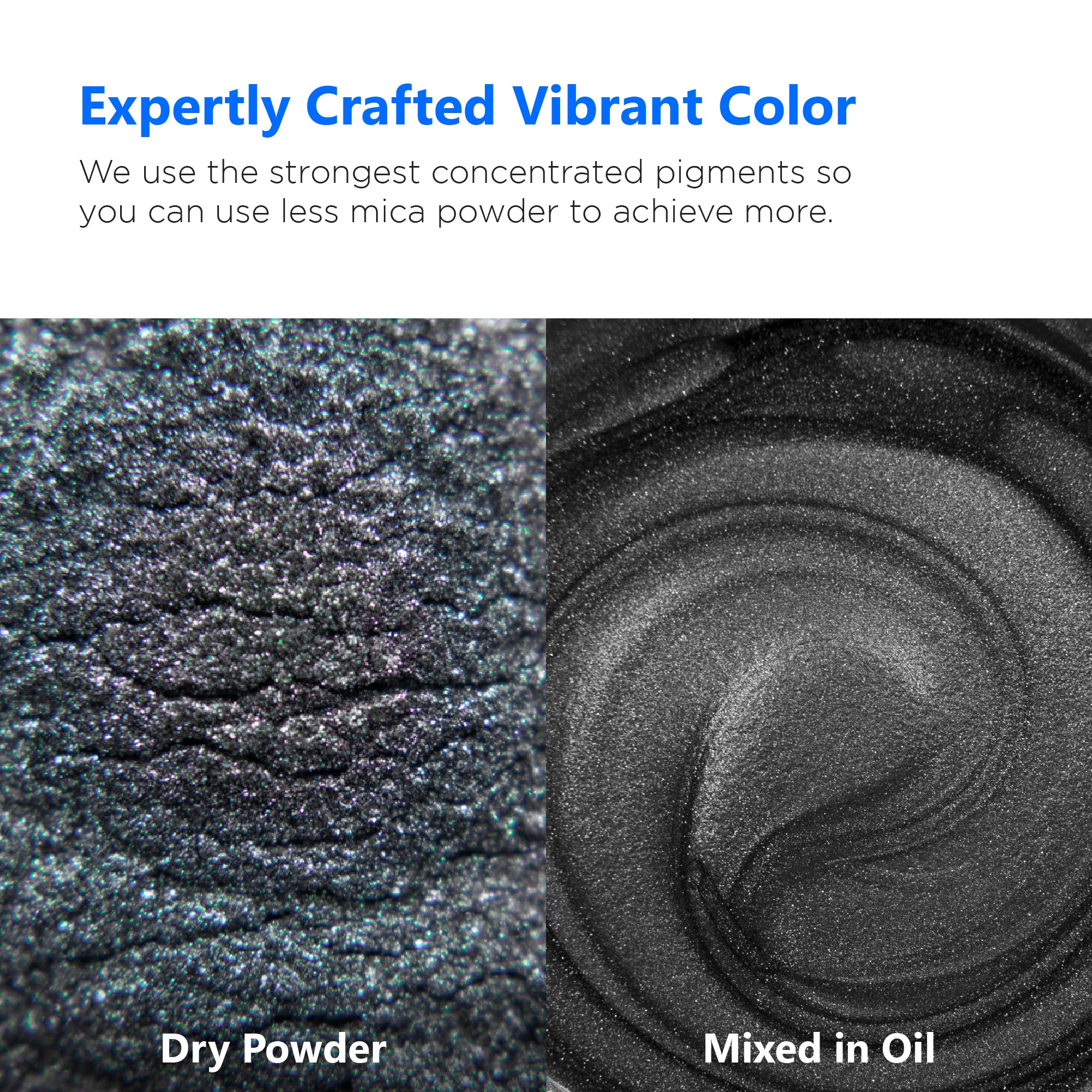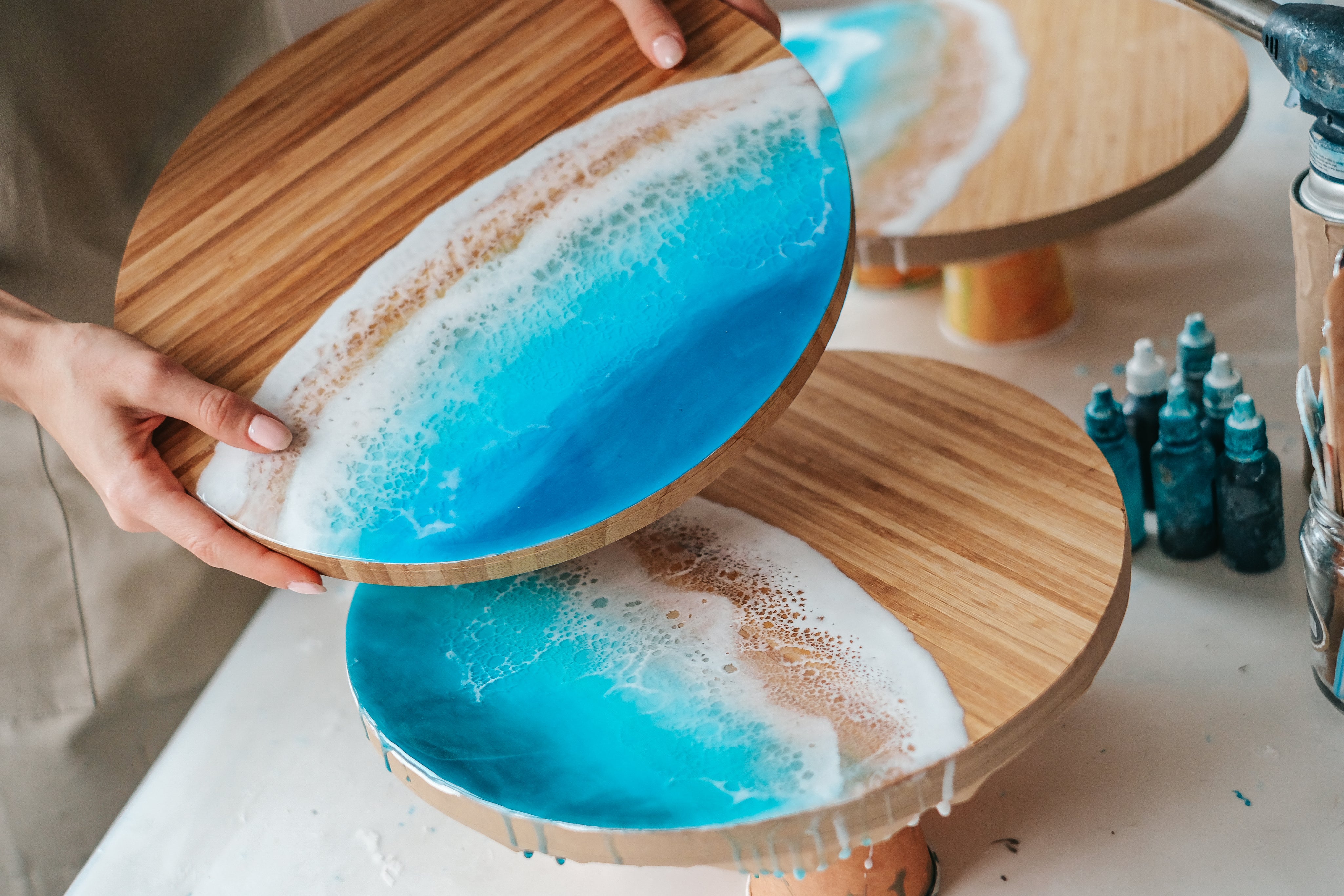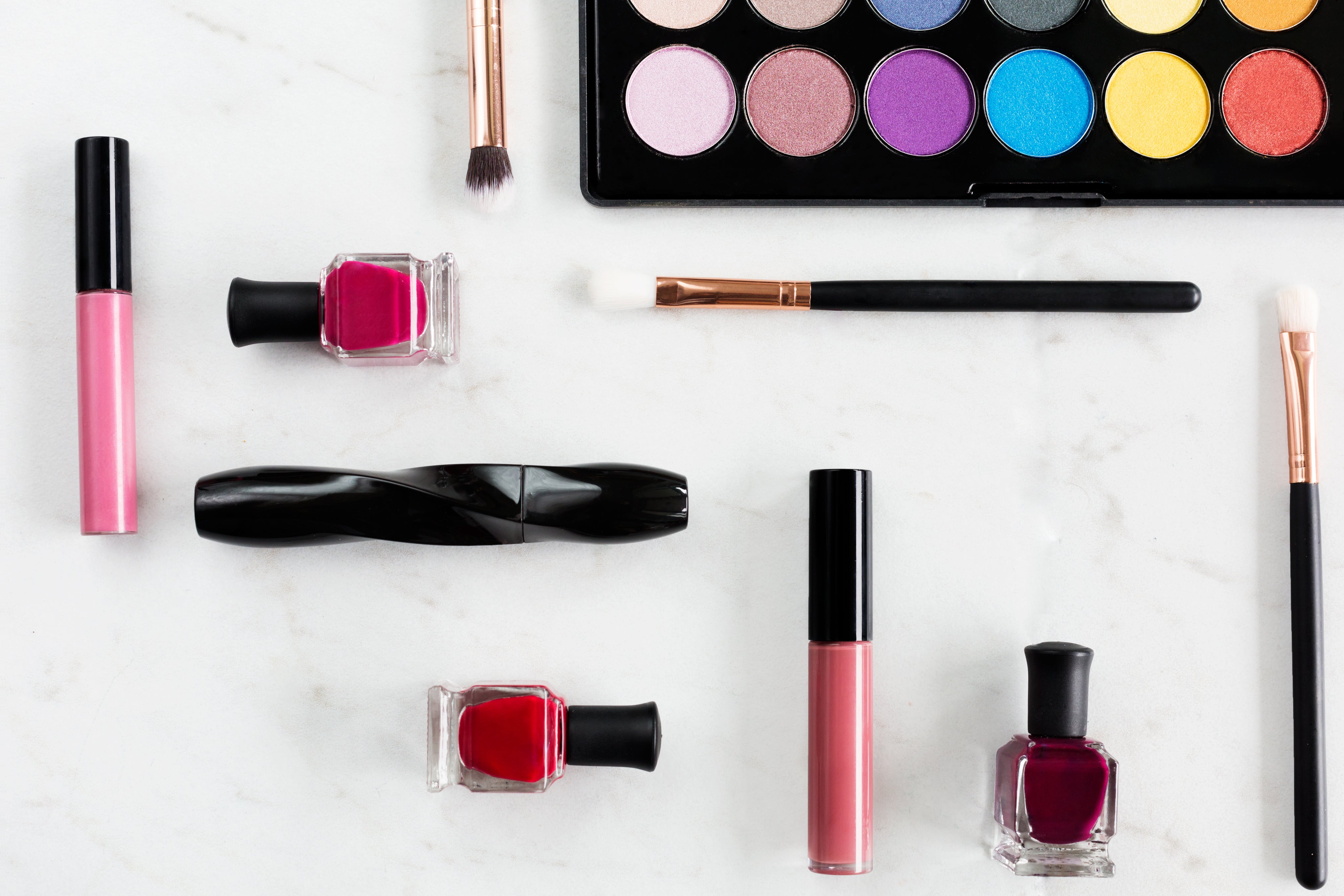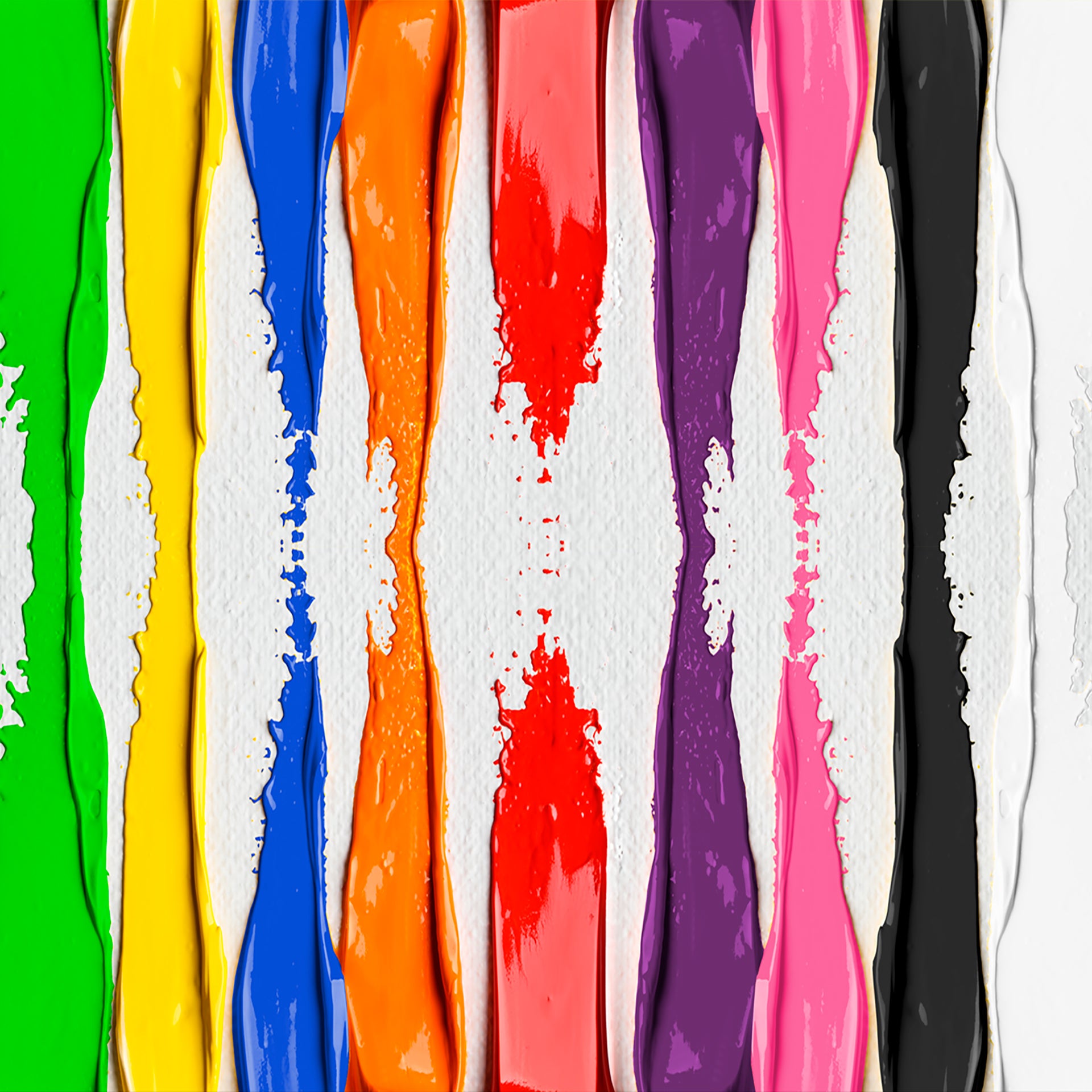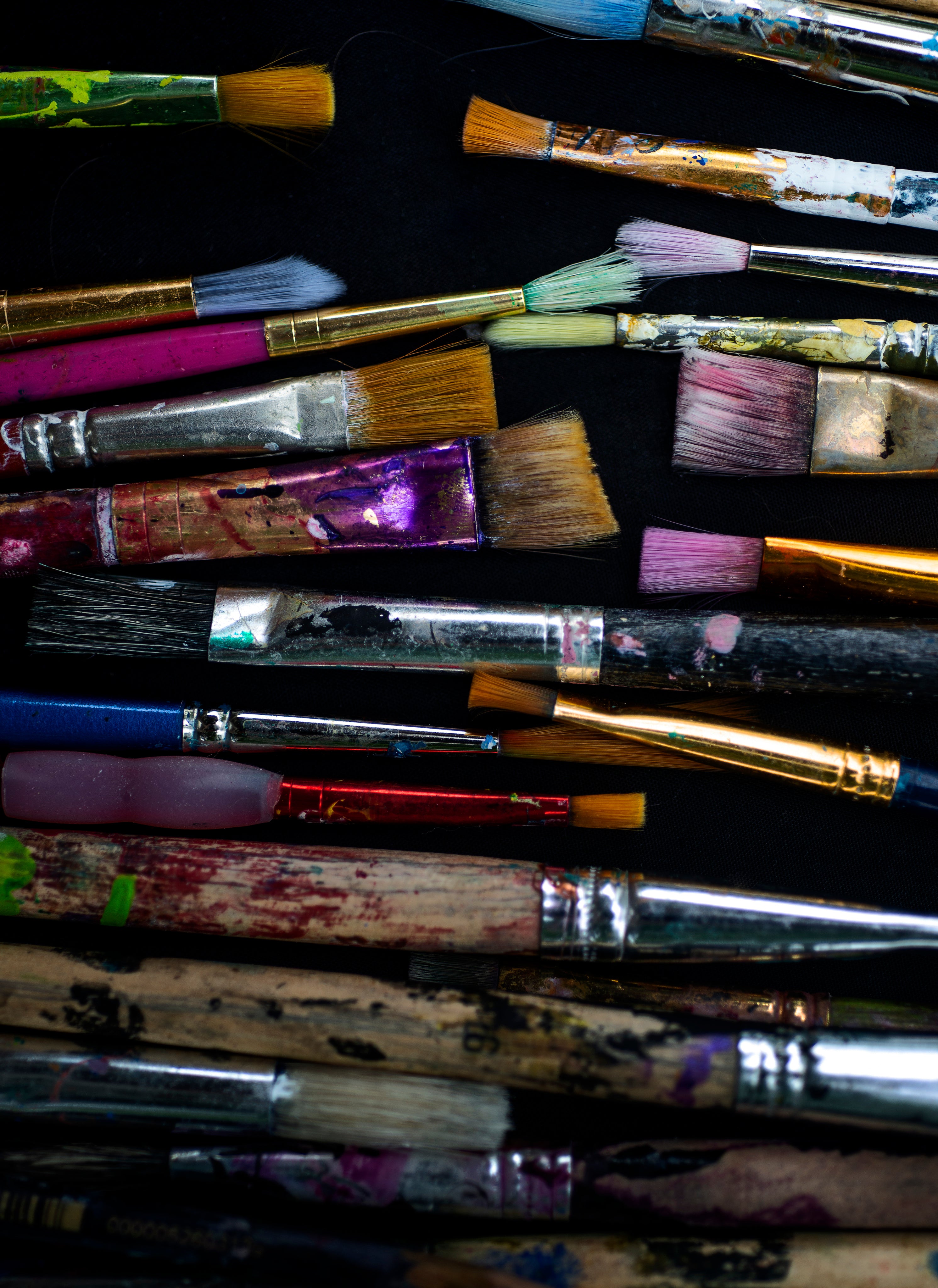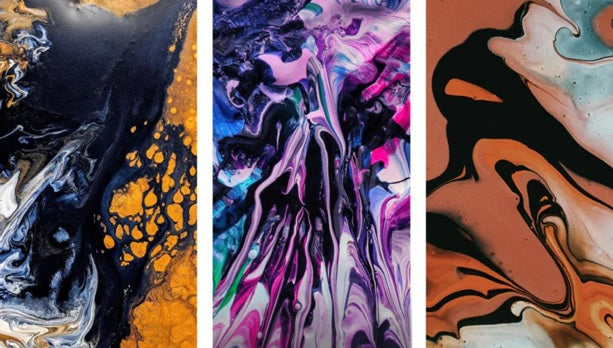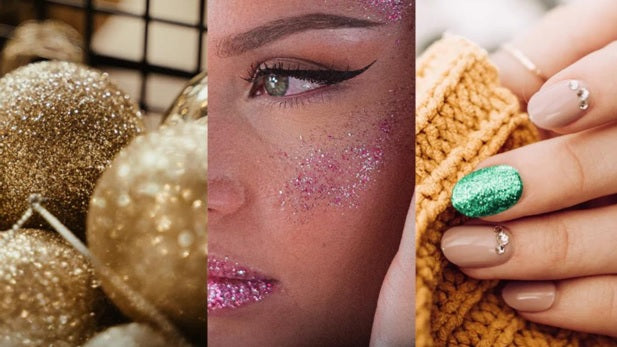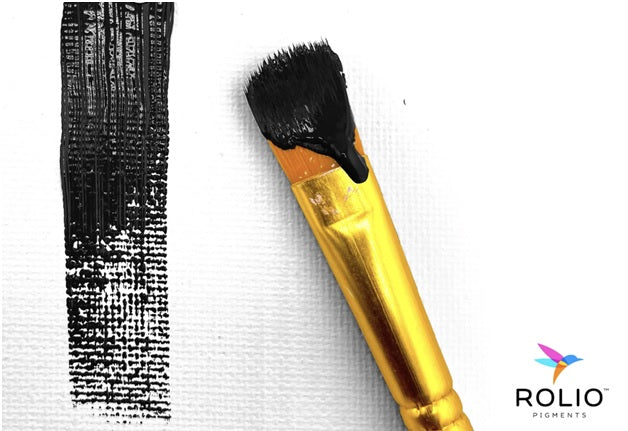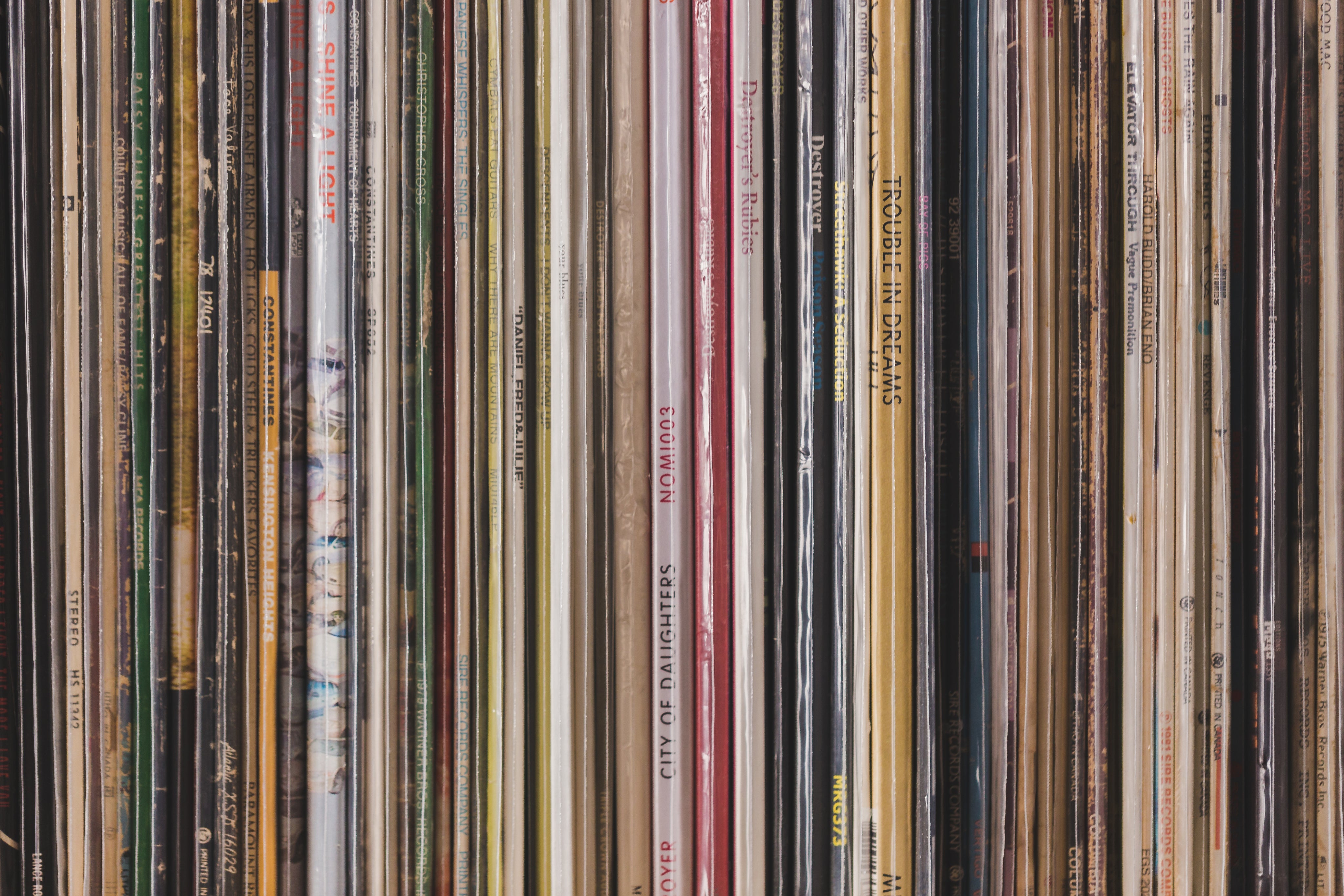Welcome to your ultimate guide on mica powders and soap making! This page answers all your questions about using mica powders to create vibrant, shimmering soaps that stand out. Discover how to mix mica powders for beautiful colors, achieve pearlescent effects, and troubleshoot common issues. Learn which mica powders are safe for soap, how to create unique designs, and explore creative techniques for melt-and-pour or cold-process soaps. Perfect for beginners and experienced soap makers alike, this guide provides everything you need to know to make your soaps shine. Dive in and get inspired!
Basics of Mica Powders and Soap Making
-
Mica powder is a naturally occurring mineral pigment, finely milled and available in a wide range of shimmering colors. It’s commonly used in soap making to add vibrant, pearlescent effects.
-
Yes, when they are labeled as cosmetic grade or skin-safe. Cosmetic-grade mica powders are free of heavy metals and toxic additives, ensuring they’re safe for direct skin contact. Always double-check the label, especially if you’re making products for sensitive skin or children.
All Rolio Mica Powders are cosmetic grade and safe for soaps.
-
Mica powders are the go-to colorant for soap makers because they:
- Create vibrant, shimmering colors that don’t bleed or fade easily.
- Work well in both melt-and-pour and cold-process soap bases.
- Allow for creative effects like swirls, gradients, and metallic finishes.
- Are non-toxic, skin-safe, and easy to blend with other soap-making ingredients.
-
Mica powders can be used in:
- Melt-and-Pour Soaps: Easily add mica for vibrant, consistent color.
- Cold-Process Soaps: Mica powders provide a long-lasting and fade-resistant color, especially when paired with stable formulations.
- Hot-Process Soaps: Mica can be added post-cook for maximum vibrancy.
Choosing the Right Mica Powder
-
• Cosmetic-grade mica powders: These are essential for safety and skin compatibility.
• Cold-process-stable mica powders: These hold their color even in the high pH environment of lye-based soaps.
• Vibrant or metallic shades: Choose powders that complement the theme or purpose of your soap, like earthy tones for natural soaps or bold metallics for luxury designs.
-
Fading can occur in cold-process soap due to the high pH of lye. To minimize this, use cold-process-stable mica powders, avoid overexposure to heat, and cure your soaps in a cool, dry area away from sunlight.
-
Melt-and-pour soap bases work well with most mica powders. Transparent bases are particularly great for showcasing the shimmer and vibrancy of mica, while opaque bases create a more subtle effect.
-
No. Only use mica powders labeled as cosmetic grade. Avoid craft-grade or industrial mica powders, as they may contain heavy metals or other unsafe additives.
All Rolio Mica Powders are Cosmetic Grade.
Techniques for Using Mica Powder in Soap Making
-
- Start by melting your soap base completely.
- Pre-mix mica powder with a small amount of rubbing alcohol (approximately 1 teaspoon of alcohol to 1/4 teaspoon of mica powder). This prevents clumping and helps the mica disperse evenly.
- Stir the pre-mixed mica into the melted soap base until fully blended.
-
Yes, swirling is one of the most popular techniques!
- Divide your soap batter into separate containers and color each portion with a different mica.
- Pour the colors alternately into the mold.
- Use a skewer, spoon, or chopstick to swirl the colors together for a marbled effect.
-
- Mix the mica powder with 1-2 teaspoons of a carrier oil, such as olive or coconut oil, per 1/4 teaspoon of mica.
- Add this mixture to your soap batter during the emulsification stage or right after reaching trace.
- Blend thoroughly to ensure even distribution.
-
Absolutely! To paint designs:
- Mix mica powder with a small amount of rubbing alcohol to form a liquid “paint.”
- Use a fine paintbrush to apply the mixture onto the surface of hardened soap.
-
Yes, layered designs are easy to achieve:
- Pour a layer of soap colored with one mica powder and allow it to set slightly.
- Repeat with additional layers, each with a different mica color.
- Ensure each layer adheres to the one below by pouring while still warm but firm.
Creative Soap Making Ideas with Mica Powders
-
Dust the top of your soap with dry mica powder before it fully sets, or mix it into the soap base for a subtle glittery effect. Mica provides shimmer without the environmental concerns of plastic glitter.
-
Use a clear melt-and-pour base and mix in mica powders to achieve a translucent, shimmering effect. This works beautifully with iridescent or pastel mica powders.
-
Yes, by gradually increasing the concentration of mica powder in each poured layer, you can create a smooth color transition from light to dark.
-
Use gold, silver, bronze, or copper mica powders to create luxurious, metallic-looking soaps. Metallic micas are especially stunning in transparent soap bases or as accents in swirls.
Mica Powder Starter Kits
Rolio's Starter Mica Powder Sets and Epoxy Resin are perfect for beginners or experienced artists.
Troubleshooting with Mica Powders
-
This usually happens if mica powder is added directly to the soap base without pre-mixing. Always pre-mix mica with a small amount of alcohol, oil, or glycerin before adding it to the soap.
-
The lye’s high pH can alter or fade colors. Use cold-process-stable mica powders and avoid overheating your soap batter.
-
If the soap base is too hot or thin, mica powder can settle at the bottom. To prevent this:
- Allow the soap base to cool slightly before pouring.
- Stir the mixture frequently to keep the mica suspended.
-
Overheating or improper curing can dull the shimmer. Maintain proper curing conditions and use a light mist of alcohol to remove ash buildup, revealing the mica’s natural shine.
Safety and Storage
-
Yes, as long as it’s cosmetic grade and free from harmful additives. Always test a small amount if you’re unsure about skin compatibility.
-
Mica powder doesn’t expire but can lose vibrancy over time if exposed to light, air, or moisture. Proper storage will keep it looking fresh.
-
- Keep in airtight containers to prevent contamination.
- Store in a cool, dry place, away from direct sunlight and moisture, which can degrade the powder’s quality.
Other Applications
-
Yes! They add a shimmering finish to bath bombs. Just ensure they’re mixed well to avoid clumping and check that they won’t stain tubs.
-
Mica powder is generally safe but may cause irritation if it comes into contact with sensitive areas. Handle carefully.
-
Yes, mica powders are great for lip balms, lotions, body scrubs, and nail polishes, provided they are cosmetic grade.
Advanced Questions
-
Only if both the resin and mica powder are explicitly labeled as food-safe. Always check product certifications.
Rolio Mica Powders and Table Top Epoxy Resin are both labeled as food-safe.
-
While mica powder doesn’t expire, its color and quality can degrade if exposed to moisture or light over long periods.
-
- Keep in airtight containers.
- Store in a cool, dry place away from sunlight and moisture.
-
Yes! Mica powder and glitter can be mixed to add sparkle and depth to your projects.
Versatility of Mica Powder
-
Yes, mica powder is perfect for:
- Soap making (adds color and shimmer).
- Candle coloring.
- Nail art and makeup (safe, cosmetic-grade powders only).
- Slime, Bath Bombs and DIY projects for kids.
- Paint Additive and Color Tinting
- Automotive Paint
-
Rolio mica powders are ethically sourced and eco-friendly.
-
Yes, Rolio mica powders work well in UV resin, but ensure the resin fully cures under the UV light source and that the correct ratio of mica powder is added.
-
Yes! All Rolio Mica Powders are Vegan.
